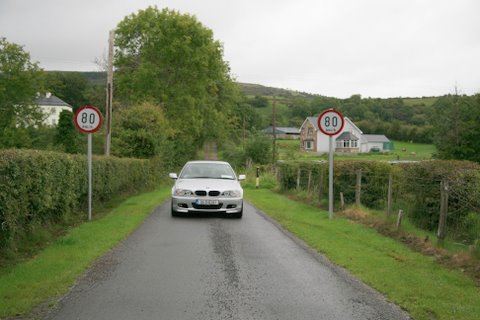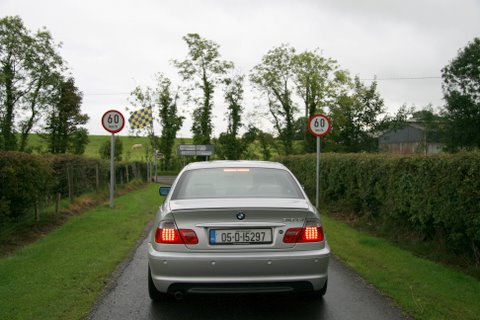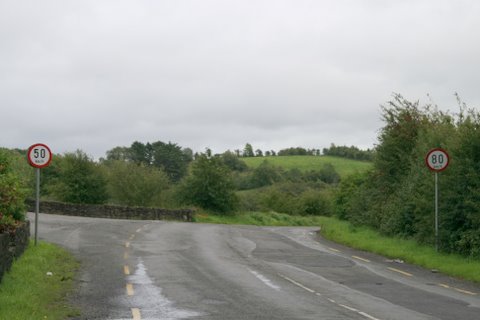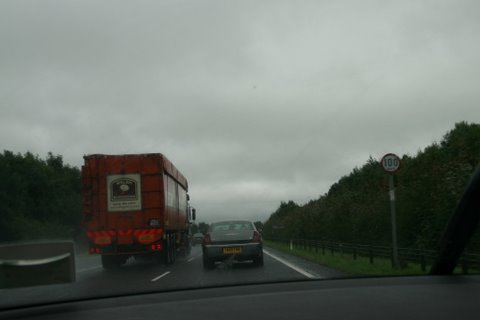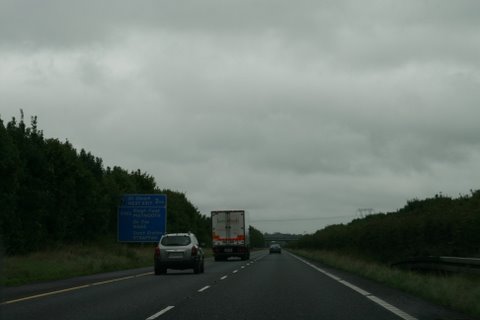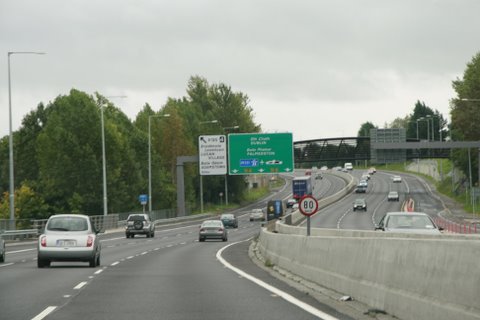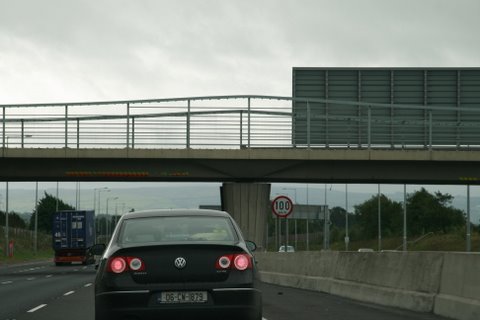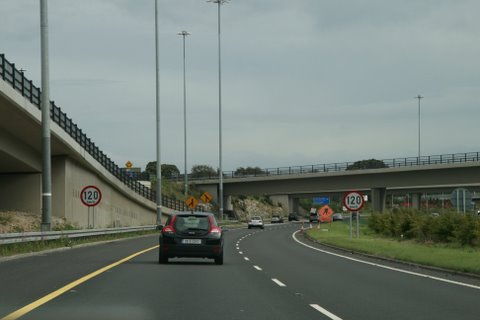I attended the Dublin Chamber of Commerce’s Green Economy Forum in Byrne Wallace Solicitors this morning at which there was two excellent presentations from Gabriel D’Arcy of Bord Na Mona and John Power from Engineers Ireland.
In both presentations there were examples of local vested interests objecting to infrastructure developments that would be of benefit to the whole country,
From Gabriel, “Draining the Shannon and sending the captured water to Dublin”. Two Birds with one stone; alleviate of the annual flooding along the Shannon and help solve the water shortage in the greater Dublin area.
From John, “The North East Pylon Pressure (NEPP) group” demanding that High Powered Electric Cables be put underground, even though this is both technical and financial lunacy (my words not John’s)
In answering my question as to how we could prevent minority pressure groups and other cranks holding up important infrastructure developments, just because they can, John also explained that the Shell Gas project in the west of Ireland will have a total delivery time of 18 years from start to finish, the norm anywhere else in the world would be 6 years. Why are the oil companies not queuing up to invest in Ireland??
There needs to be some change here, of course people need to be allowed voice their legitimate concerns and have them listened to and addressed but, if companies or organisations are operating within the rules set down in our planning laws, individuals or small groups of individuals should not be allowed to object and hold up the development, just because they can.
Gabriel D’Arcy made the very valid point that companies or organisations also need to be more professional when planning projects, identifying potential issues or areas of conflict and dealing with them in a sensible manner, before they become a problem.
If we are to dig ourselves out of the hole we are currently in, we need to speed up the delivery of good infrastructure projects and our planning laws urgently need to be changed to allow this to happen.
We need solid guidelines that take account of local and national needs and once a project is planned and executed within those guidelines, individuals or minority groups should not be allowed object.
There should certainly be financial consequences for any individual or group that holds up a project for spurious reasons.
Brendan Palmer, Problem solver.
Developer of successful business strategies for projects in Ireland and across borders and cultures

